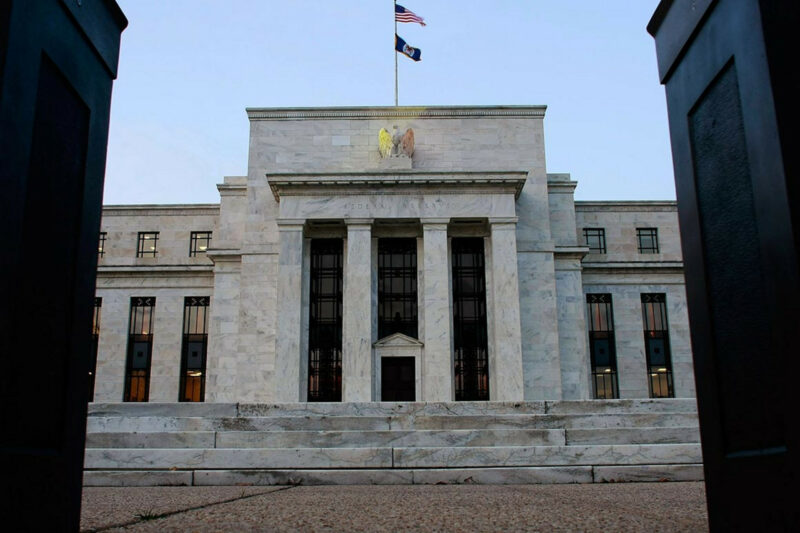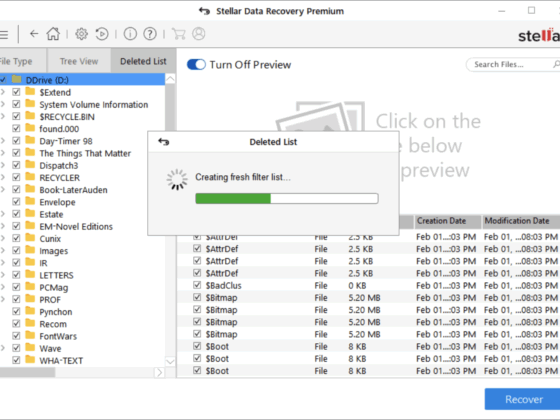
Earlier this week, the U.S. Federal Reserve issued a 40-page report examining the pros and cons of creating a digital dollar in America. According to a report from CNBC, the 40-page filing is “the first step in a public discussion between the Federal Reserve and stakeholders about central bank digital currencies.” With that said, the Federal Reserve didn’t make any definitive conclusions about the possibility of creating a digital dollar in the U.S.
The biggest advocate for the Federal Reserve’s research into digital currency has been Lael Brainard. Ultimately, the report found that the creation of a central bank digital currency could result in the following:
- Faster, easier financial transfers between people and businesses
- Increased accessibility for people without access to banks or bank accounts
- Improved consumer confidence — banks may fail or run into liquidity issues, which is less likely to happen with the federal government
On the other end, several members of the Federal Reserve have been skeptical about the creation of a central digital currency. Skeptics say that the benefits are not as obvious as they are made out to be. Also, the creation of a central bank digital currency would place more responsibility on the Federal Reserve rather than commercial banks.
Federal Reserve Chairman Jerome Powell has stood in the middle on this debate. He has indicated that there is no timetable on when a decision will be made.
“We look forward to engaging with the public, elected representatives, and a broad range of stakeholders as we examine the positives and negatives of a central bank digital currency in the United States,” Powell stated.







